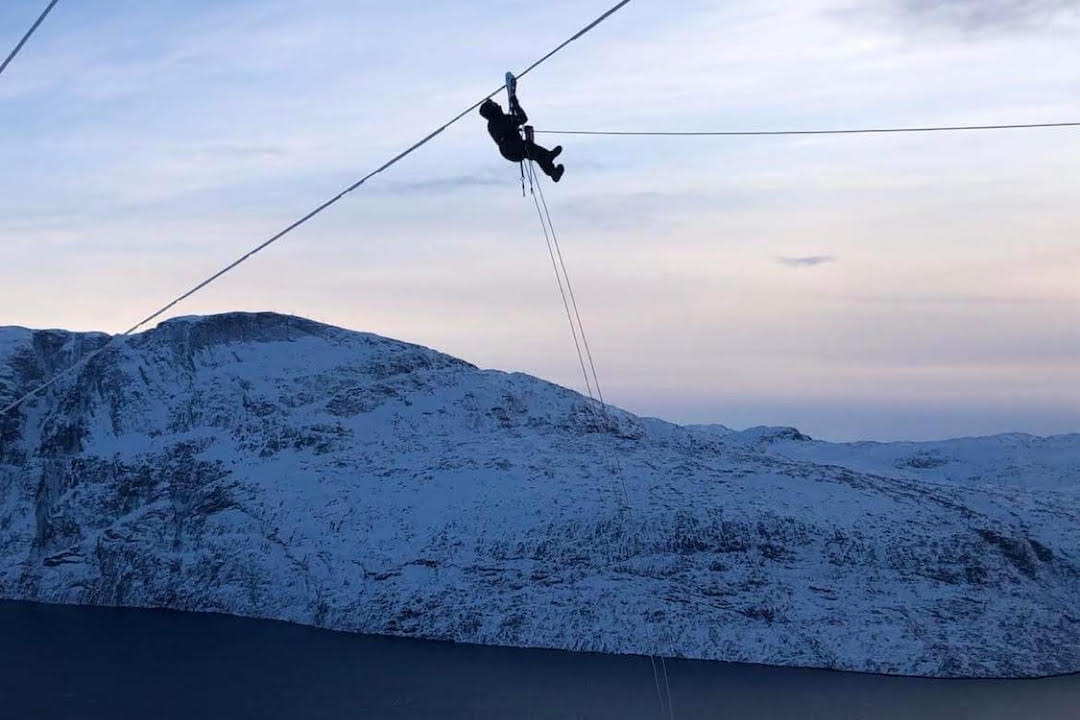
When Greenland’s capital city, Nuuk, was struck by four days of intermittent power outages starting on 29 November of last year, the most important concern was finding what went wrong and getting the lights back on as quickly as possible. Fortunately, the cause of the outage turned out to be something as simple as a frayed cable (pictured above) halfway along the 56km transmission line that links the city to its main power supply, the Buksefjord hydroelectric dam.
As bad as things were, the government, in a recent letter to the legislature, admitted that it would not have taken much for the situation to tip over from crisis to catastrophe. That Nuummiut were generally left no worse for the wear is thanks to unseasonably mild weather (temperatures were above freezing) at the time of the outage and the quick repair job, which took days to complete, rather than weeks, as was originally feared. Criticism at that time, though muted, focused mostly on why it took 17 hours for the city’s backup diesel generator to come on-line. This, it turns out, was partly because it had not been used for 25 years, leaving staff were unfamiliar with how to run it, and partly because, despite weekly testing, it conked out when it was started up.
Now that things have returned somewhat to normal (during a recent storm, some Nuummiut were preparing for another outage), the focus has turned to why the cable broke, and, crucially, whether future breaks could be prevented. Worryingly, it looks as if more good luck will be needed: a chronic lack of spending on maintaining power installations throughout Greenland means that the likelihood of something similar happening is alarmingly high.

In 2020, Nukissiorfiit stated in its annual report to the legislature, that it spent 19% percent of what it reckons was necessary to maintain power installations that year. It estimates 200 million kroner (€27 million) is needed to bring power generation and transmission up to snuff. Though even this is just the bare minimum. A year earlier, an internal survey of its engineers concluded that improvements amounting to 370 million kroner were needed at 746 installations. Some equipment the company uses, it said, was past its prime 25 years ago.
If the situation came as a surprise to the legislature, it should not have. It sets Nukissiorfiit’s budget based on the company’s advice to it. Kristian Jeremiassen, the head of the infrastructure committee, has said he knew Nukissiorfiit had fallen behind in its maintenance work, but he feels the company should have done more to make lawmakers aware of the seriousness of the problem. For both his committee and the government, the task now is to stop the wear on Greenland’s power infrastructure from getting any worse.
Kevin McGwin, PolarJournal
More about this topic






You need to test a backup generator monthly WITH load not just start it up spinning unloaded.
Also need a plan how to take on load, because you cant energize the whole city in one session it needs to be done in several steps.
The need for qulified personnel is evident.